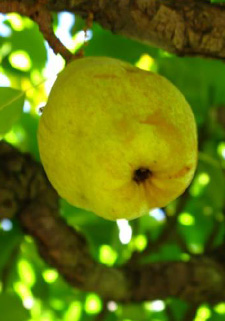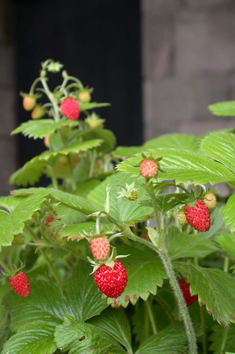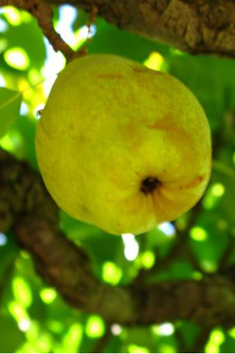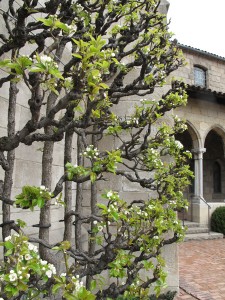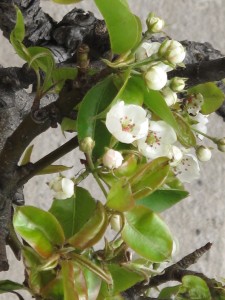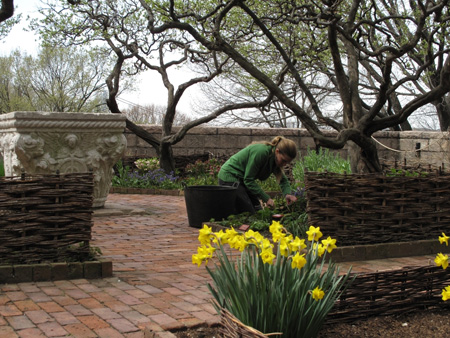
Above: Carly Still, who joined the staff as a part-time gardener just last week, tending to the woodland plants under the quince. Photograph by Corey Eilhardt
Then come the showers of Spring, from time to time
Watering our tiny crop, and in its turn
The gentle moon caresses the delicate leaves.
Should a dry spell rob the plants of the moisture they need,
My gardening zeal and the fear that the slender shoots
May die of thirst make me scurry to bring fresh water
In brimming buckets. With my own hands I pour it
Drop by drop, taking care not to shift the seeds
By too sudden or lavish a soaking. Sure enough,
In a little while the garden is carpeted over
With tiny young shoots. True, that part there
Below the high roof is dry and rough from the lack
Of rain and the heaven’s benison; true, this
Part here is always in shade, for the high wall’s
Solid rampart forbids the sun to enter.
Yet of all that was lately entrusted to it, the garden
Has held nothing enclosed in its sluggish soil
Without hope of growth. What is more, those plants that were moved,
More dead than alive, to the newly dug furrows are now
Green again; our garden has brought them back
To life, making them good with abundant growth.
???From Hortulus by Walahfrid Strabo. Translated from the Latin by Raef Payne. The Hunt Botanical Library, 1966.
The ninth-century Benedictine abbot Walahfrid Strabo was a gardener as well as a scholar and a poet, and worked hard in his monastery garden. We, too, are hard at work bringing the gardens of The Cloisters back to life after a long winter. Much remains to be done, but the hellebores, violets, daffodils, lungworts, and fritillaries are in bloom. The hops are climbing, the pear tree is blossoming, and the quince are putting out tiny, silvery leaves.
???Deirdre Larkin


